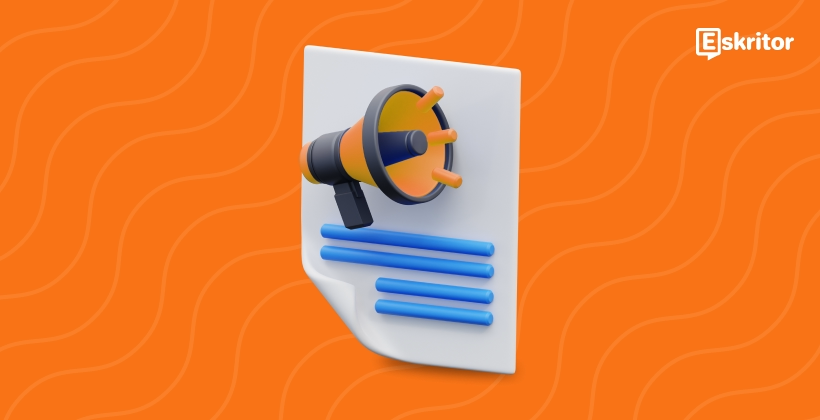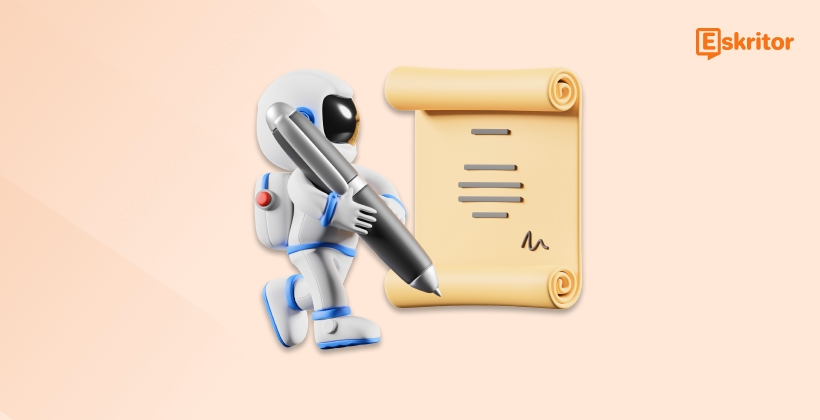AI Editing Features That Improve Your Writing Workflow
AI Editing Features That Improve Your Writing Workflow
Blog Article
AI Editing Features That Improve Your Writing Workflow
As artificial intelligence (AI) evolves, it remains to revolutionize how we approach modern editing practices. From grammar correction tools to advanced content era platforms, AI Editing is reshaping just how authors, authors, and creators improve their work. That blog considers the role AI represents in contemporary editing and the impact it has across industries.

AI-Powered Methods Leading the Charge
AI-powered methods have grown to be an crucial part of modifying workflows. Computer software fueled by natural language control (NLP) and device learning can do tasks like syntax checks, stylistic ideas, and sentence restructuring with incredible pace and accuracy.
As an example, AI-based grammar pieces may identify problems that the eye may ignore, such as subject-verb deal problems or lost modifiers. Similarly, type innovations made by AI ensure that tone and flow arrange with the intended market, which is invaluable for skilled editors.
These instruments are not just limited by standard syntax corrections. They are designed for increasing readability, transforming inactive voice to productive style, and actually paraphrasing whole paragraphs without changing the meaning.
Efficiency Meets Time Savings
Reports reveal that the usage of AI instruments may reduce editing time by around 30%. Instead of poring over every phrase physically, writers may concentration their efforts on creative and proper elements of content. This shift enables professionals to manage higher amounts of text in shorter periods, that will be especially useful for industries like writing and digital marketing.
Moreover, predictive AI features can spotlight repeating problems, helping authors boost their skills around time. For agencies, that means less resources spent on revisions and more finished components from the comfort of the start.
Enhancing Availability and Globalization
AI's position in modern editing runs beyond efficiency. Sophisticated translation and localization resources allow builders to modify content easily for international audiences, wearing down language barriers with precision. This technology assures that the same concept may resonate with cultures worldwide while maintaining its authenticity.
AI also improves inclusivity standards by increasing supply in content. As an example, methods may identify potentially non-inclusive language and recommend alternatives. This ability allows authors to refine publishing therefore it resonates with varied audiences.

Striking a Balance Between AI and Individual Imagination
While AI excels in speed and reliability, it doesn't change individual editors. Machines frequently lack the capability to understand nuance, sensation, or ethnic situation fully. The ideal program combines AI's efficiency with human creativity and perception, resulting in really outstanding work.
By leveraging these systems in contemporary editing techniques, designers and publishers alike may generate high-quality material that aligns with the fast-paced demands of today's electronic world. AI could be the potential of editing, however the human touch will be essential for storytelling and connection. Report this page